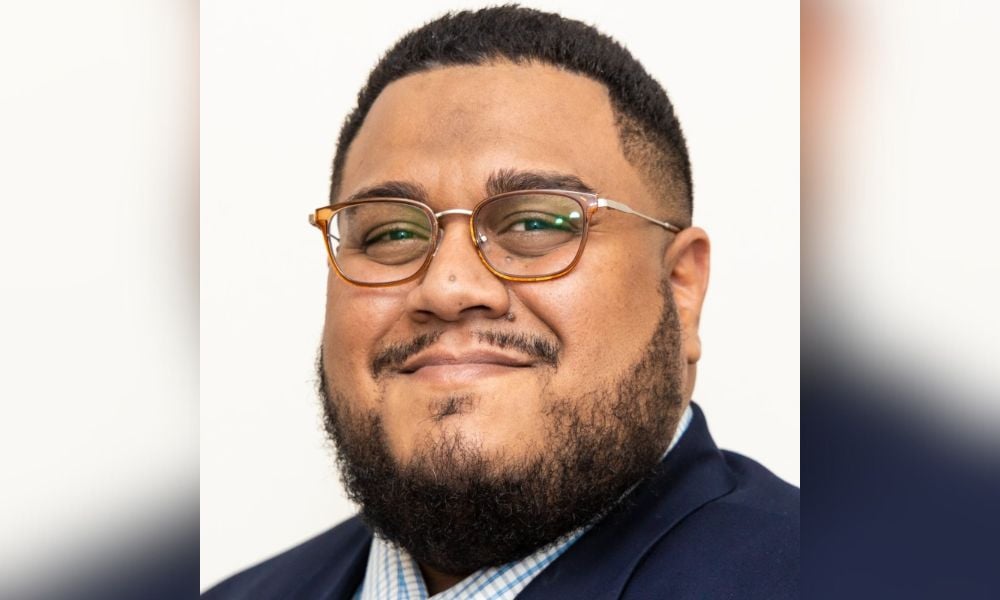
To be anti-racist, leaders need to go beyond buzzwords, says equity expert

The biggest issue with racism in the workplace? We simply don’t talk about it enough.
Speaking with Dr. Angel L. Velez, fairness and equity expert at Cisco, he tells HRD that in order to foster a culture of anti-racism, we need to acknowledge the problem in the first place.
“The genesis of all anti-racism work begins with acknowledging that it exists,” he says. “In a lot of corporate spaces, we talk about diversity, we talk about inclusion - but we tend to shy away from discussing issues around race. From here, employers need to ensure every step they take is intentional. Ask yourself: ‘What are you going to do today to be anti-racist?’”
It’s this intentionality in DEI that can drive real change. It’s all well and good talking about being ‘anti-racist’ but if it’s not evident, then it’s meaningless. According to data from Glassdoor, 42% of employees have experienced racism in the workplace, with 35% of Black workers believing that racial discrimination is prevalent in their organization.
And when you’re trying to address this, Velez warns employers to know their place in the overall process.
“Let the community speak for themselves,” he says. “And stop trying to be the ‘saviour’ – don’t take over the issue but act in solidarity with the community. Be an ally in anti-racism but don’t steer the ship. This ties into my second point – which is don’t be a barrier. As an advocate, you have to remove the barriers, and use your privilege to move the world forward.”
To be anti-racist, leaders need to go beyond buzzwords. It’s about educating themselves on the issues at hand, understanding the issues at hand, and doing some deep self-reflection.
“Look at your behaviour in your day-to-day life,” Velez tells HRD. “When you say you ‘don’t see colour’, what do you mean by that? That’s actually quite problematic because you’re essentially saying that you don’t see me for who I am. We need to move away from that language. We have to see each other’s races and cultures – all the beauty that comes from being human.”
In order to measure the success of anti-racism plans, it’s important to drill down into the metrics. By assessing data such as promotional rates of Black employees, gender pay gaps and hiring metrics, HR can get a good idea of what’s working.
And this is where intersectionality comes into play. Intersectionality in DEI is the relationship between social categories such as race, gender, disability, sexual orientation, and class.
“Intersectionality is very critical to everything we do. It speaks to the idea of disaggregation of data – and this is a caveat. A lot of people think of intersectionality differently than I do. I go by the Kimberlé Crenshaw definition – that intersectionality looks at the structures of oppression, such as gender and race,” says Velez, referring to the American civil rights advocate.
“So it’s not necessarily about the identities themselves – what Crenshaw said was that it’s more about how power structures create inequality for those identities.”
“For instance, the problem isn’t that you’re a woman – it’s the patriarchy that’s the problem. And the patriarchy needs to be abolished because that’s what’s causing the issues.”
Intersectionality can be a tricky topic to get your head around – mainly because it has to do with power dynamics, cultural and societal histories, and its interplay with identity. Anti-racism is just one aspect of intersectionality in DEI – and for employers looking to make a real difference in their organizations, it all begins with navigating intersectionality correctly first.
“For instance, I’m a Black Puerto Rican man,” says Velez. “I’m bilingual, I have a PhD. All of these things impact my daily life – my experiences inside and outside of the workplace. Because of these identities, people assume certain things. And these assumptions might mean I don’t get a promotion or I might be skipped over for opportunities.
“We're not taking into account those different identities, how society views me, and how that is impacting their decision making. In essence, intentionality has to be taken into account - how these different entities that I embody are affecting my workplace, my daily life, and my interactions with the world. And they're critical for who we are as people.”